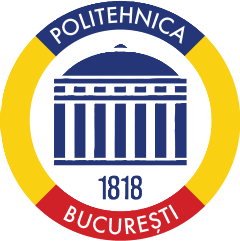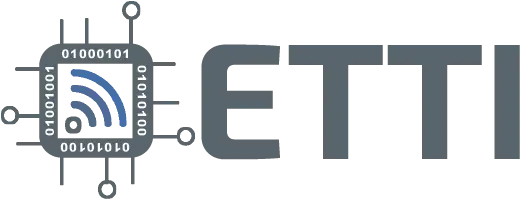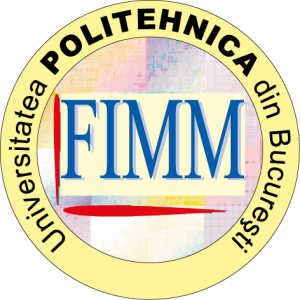TIE-M Plus: Accept the Structural Challenge
Finite element analysis (FEA) is a numerical method used for predicting how an object or an assembly behaves under given physical conditions.
It is necessary to use mathematics to comprehensively understand and quantify any physical phenomena such as solid mechanics, fluid mechanics, electromagnetics, heat transfer, acoustics, or other physical effects.
Most of these phenomena are described using Partial Differential Equations (PDEs). Solving these PDEs, even by using computational methods, required the development of specific numerical techniques over the last few decades, out of which a prominent one is the FEA.
Engineers in various industries heavily rely on FEA, because of its benefits including increased accuracy of prediction, better insight into critical design parameters, virtual prototyping, fewer hardware prototypes and experimental validations, a faster and less expensive design cycle, increased productivity, and, overall, an increased revenue.
Starting from 2023, TIE introduced a new section called TIE-M+, focusing on structural and thermal management analysis of electronic packaging. The contest provides students with a comprehensive electronics development experience concerning structural integrity aspects.
Picture 1 – Example of a product chosen for the simulation contest
Organizing such a FEA competition in Romania helps to fill the gap in a multidisciplinary contest, offers an opportunity for students to relate their theoretical knowledge to practical examples, and helps to bring together specialists and experts from the industrial and academical partners.
The subjects the students must develop are focusing on different types of electronic modules, such as particular control units or sensors, coming from the forefront of the automotive industry, including business areas like Architecture and Networking or Autonomous Driving.
The goal is to have the students understand the product and its weak spots, properly design a path towards its numerical evaluation (e.g., PCB deformation, natural frequency, and mode shape analysis) and give recommendations for design optimizations to improve system performance.
The general objective of the structural simulation contest is to familiarize the students to the basic knowledge regarding numerical simulations. In addition to this, a specific objective is to familiarize the contestants to the state-of-the-art practical workflows used within industry, to prepare the future engineers for a career in the structural simulation field.
Picture 2 – Numerical model and the corresponding subjects required
|
Tamas Krausz, Continental Automotive Romania |
Ștefan Sorohan, Politehnica Bucharest, Romania |










